In the grand tapestry of the cosmos, with our universe but a minuscule thread, lie scientific truths that challenge the very foundation of our understanding. As we venture deeper into the mysteries of the universe, we uncover fifteen unsettling science facts that tantalize our curiosity and push the boundaries of human understanding. These mind-bending revelations bring us face to face with concepts that defy conventional wisdom and stretch the limits of our knowledge… And give us a bit of a headache.

The Multiverse Theory – Unlocking the Infinite Realities
The Multiverse Theory suggests that beyond the boundaries of our known universe, an infinite number of alternate universes exist, each with its unique set of physical laws and constants. In these parallel realms, everything we know may have a multitude of variations, from the laws of physics to the fundamental constants that govern the behavior of matter and energy. Imagine a scenario where you’re flipping a coin. In our universe, you know it has two possible outcomes: heads or tails. However, according to the Multiverse Theory, there are countless other universes where when you flip a coin, it might land on its edge, disappear, or even turn into a butterfly. This theory challenges our belief in the predictability of our universe and suggests that, in the grand scheme of things, our reality is just one small piece of an infinite cosmic puzzle.
While the Multiverse Theory remains a theoretical concept, it forces us to consider the possibility that our universe is just one among a sea of universes, each with its own set of possibilities. The unsettling aspect of the Multiverse Theory lies in its challenge to our core beliefs about the universe. For centuries, humans have grappled with the idea that our universe is singular and unique. The notion of multiple universes, each with its own set of laws, questions our cosmic significance and challenges the idea that we are alone in the vastness of space. The Multiverse Theory is both awe-inspiring and humbling, opening doors to an infinite cosmic landscape where the boundaries of our knowledge are continually expanding.
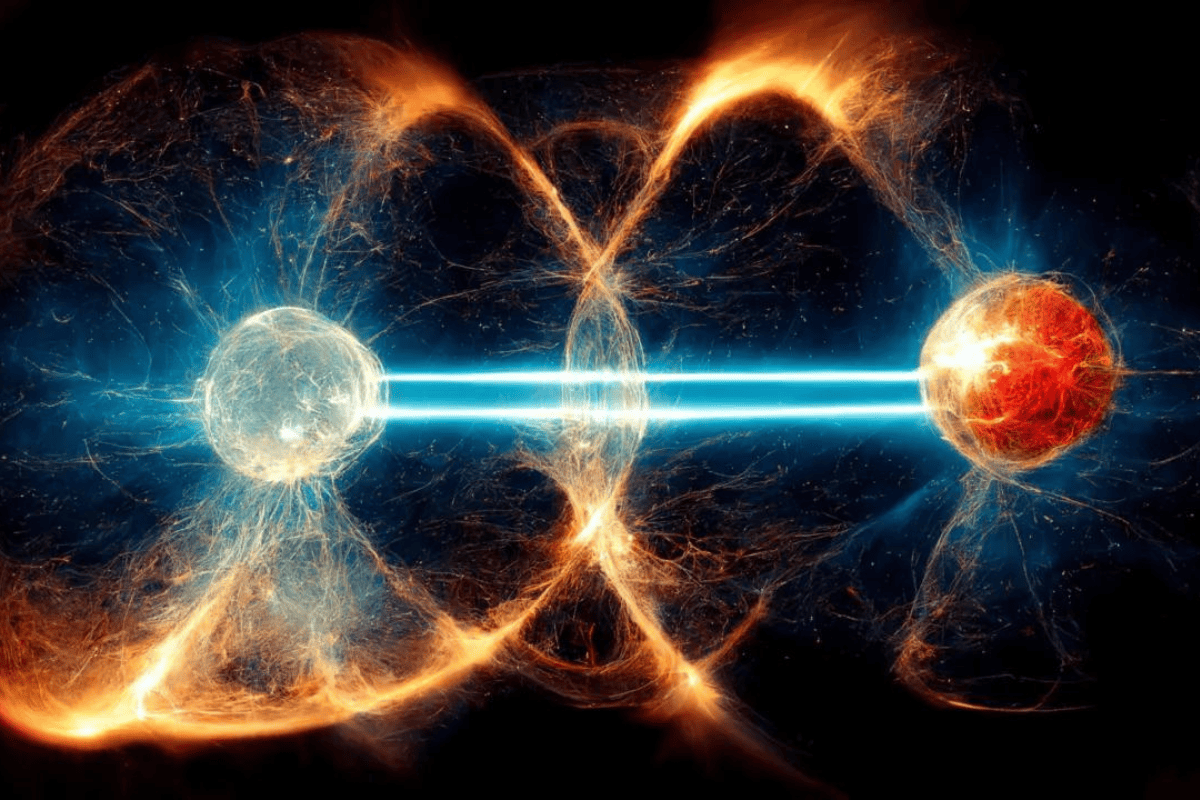
Quantum Entanglement: The Spooky Connection Beyond Space and Time
Quantum entanglement is a phenomenon that defies classical notions of causality. When two particles become entangled, their properties—such as spin, position, or polarization—become attached, even when these particles are separated by vast distances. A change in one particle instantly affects the other, regardless of the space that separates them. This eerie connection, as described by Einstein as “spooky action at a distance,” challenges our intuition about how information and causation work in the universe. Think about it as if you have two entangled dice. Each die can have two possible outcomes: 1 or 2. When you roll one die, its outcome is uncertain until you look at it. However, if the two dice are entangled, when you roll one and it shows a 1, the other die will also show a 1, no matter how far apart they are. This instantaneous connection between the dice, even across large distances, is a simple example of the mysterious nature of quantum entanglement.
The unsettling nature of quantum entanglement is that it shatters the classical notion of local realism. In classical physics, the concept of locality suggests that an event can only be influenced by its immediate surroundings. Quantum entanglement rises above this limitation, showing that particles can be connected in ways that defy spatial constraints. This concept forces us to confront the profound implications for our understanding of reality and the potential for non-local interactions in the universe, which remain among the most puzzling aspects of quantum physics.

Dark Matter and Dark Energy: The Elusive Shadows of the Cosmos
Dark matter and dark energy make up approximately 95% of the universe, yet they remain enigmatic and invisible to us. Dark matter is believed to be a mysterious substance that does not interact with light, and dark energy is an even more puzzling force that is driving the accelerated expansion of the universe. Our inability to directly observe or understand these phenomena challenges our comprehension of the cosmos. Dark matter and dark energy are like hidden cosmic actors, comprising 95% of the universe’s mass and energy. While we can’t see or touch them, they are essential for the universe’s structure and expansion. This mysterious dominance challenges our understanding of the cosmos and reminds us that there’s more to the universe than what meets the eye.
What makes dark matter and dark energy unsettling is their dominance in the universe, despite our lack of knowledge about their true nature. These mysterious components are believed to play a significant role in the structure and fate of the cosmos, yet they remain hidden from our direct observations. This lack of understanding forces us to acknowledge the vast gaps in our knowledge about the fundamental constituents of the universe, underscoring the notion that there is much more to the cosmos than meets the eye.

Time Dilation: Bending the Fabric of Time
According to Einstein’s theory of relativity, time is not an absolute constant. It can dilate or slow down depending on the relative motion and gravitational forces in a given frame of reference. This means that time is not the universal constant we tend to believe it to be. The unsettling aspect of time dilation challenges our everyday perception of time as an unchanging and constant dimension. Imagine two identical twins, one on Earth and the other on a spaceship traveling at a significant fraction of the speed of light. The twin on the spaceship would age slower than the one on Earth due to time dilation, so when the spaceship returns to Earth, the traveling twin will be younger than the Earthbound twin, demonstrating that time isn’t the same for both of them. This example illustrates how relative motion can indeed bend the fabric of time, as predicted by Einstein’s theory of relativity.
The concept of time dilation is unsettling because it forces us to reconsider our fundamental assumptions about the nature of time. In our day-to-day experience, time appears to flow uniformly, but as we delve into the realms of relativity, we discover that time is, in fact, a malleable dimension. As we approach the speed of light or venture into the vicinity of massive celestial objects, time slows down. This distortion of time not only challenges our intuitive grasp of the universe but also has practical implications for space exploration, GPS technology, and our understanding of the cosmos. Time dilation is a concept that invites us to explore the intricate relationship between time, space, and motion, demonstrating that the nature of reality is far more complex than we initially imagined.

The Fermi Paradox: Echoes of Silence in the Cosmic Orchestra
The Fermi Paradox is the perplexing question of why, given the vast number of potentially habitable planets in the universe, we have not yet discovered definitive evidence of extraterrestrial life. The Milky Way alone contains billions of stars and, by extrapolation, a staggering number of potentially habitable planets. The paradox challenges our expectations of a universe teeming with intelligent life and prompts us to wonder why we seem to be alone. Despite the countless stars and potentially habitable planets in the Milky Way, we have yet to find any conclusive proof of extraterrestrial life, which is at the heart of the Fermi Paradox. This perplexing contrast between the vast opportunities for intelligent life and our lack of contact with it makes us question the rarity of civilizations, the challenges of interstellar communication and travel, and the timeline of cosmic civilizations. The Fermi Paradox reminds us that the universe, despite its enormity, remains a source of mysteries that challenge our understanding.
The unsettling nature of the Fermi Paradox lies in the stark contrast between the potential abundance of habitable worlds and the apparent absence of extraterrestrial civilizations. With the vast number of stars and planets in our galaxy alone, one would expect that we would have encountered signs of extraterrestrial life by now. The silence of the cosmos raises questions about the rarity of intelligent life, the potential hurdles to interstellar communication or travel, and the cosmic timeline of civilizations. It forces us to confront our assumptions about the prevalence of life beyond Earth and the nature of our place in the universe. The Fermi Paradox is a stark reminder that the cosmos, despite its vastness, remains enigmatic and filled with mysteries that continue to challenge our understanding.
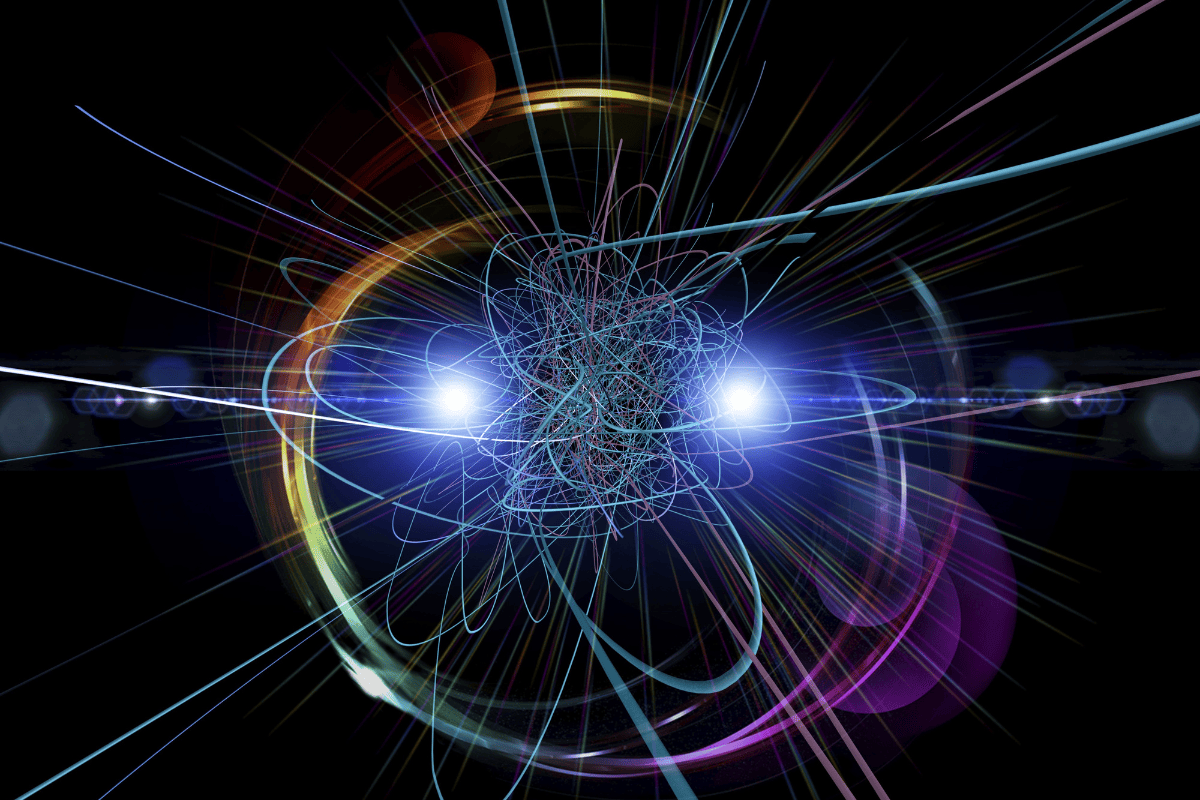
The Uncertainty Principle: The Inherent Uncertainty of the Quantum World
The Uncertainty Principle, proposed by Werner Heisenberg, states that you cannot simultaneously know both the position and momentum of a particle with absolute certainty. This fundamental concept of quantum mechanics introduces an inherent uncertainty into our understanding of the physical world. It challenges our classical notions of predictability, as it implies that certain properties of particles are fundamentally unknowable. Think of it this way, you have a tiny electron that you want to locate precisely. According to the Uncertainty Principle, the more accurately you try to pinpoint its position (like on a miniature map), the less you’ll know about its momentum (how fast it’s moving). Conversely, if you want to determine its momentum with great accuracy, its exact location becomes more uncertain. This principle shows that in the quantum world, you can’t have both position and momentum precisely known at the same time, challenging our classical expectations of predictability.
The unsettling aspect of the Uncertainty Principle is that it shatters our classical intuition about the determinism of the universe. In the quantum world, particles exist in a state of flux, and we can only predict the probability of their behavior. This inherent uncertainty forces us to accept that our knowledge of the microscopic realm is fundamentally limited, raising questions about the nature of reality and the role of observation in quantum physics. The Uncertainty Principle reminds us that the quantum world is a realm of inherent unpredictability, where our understanding of the fundamental building blocks of the universe is marked by inherent uncertainty.
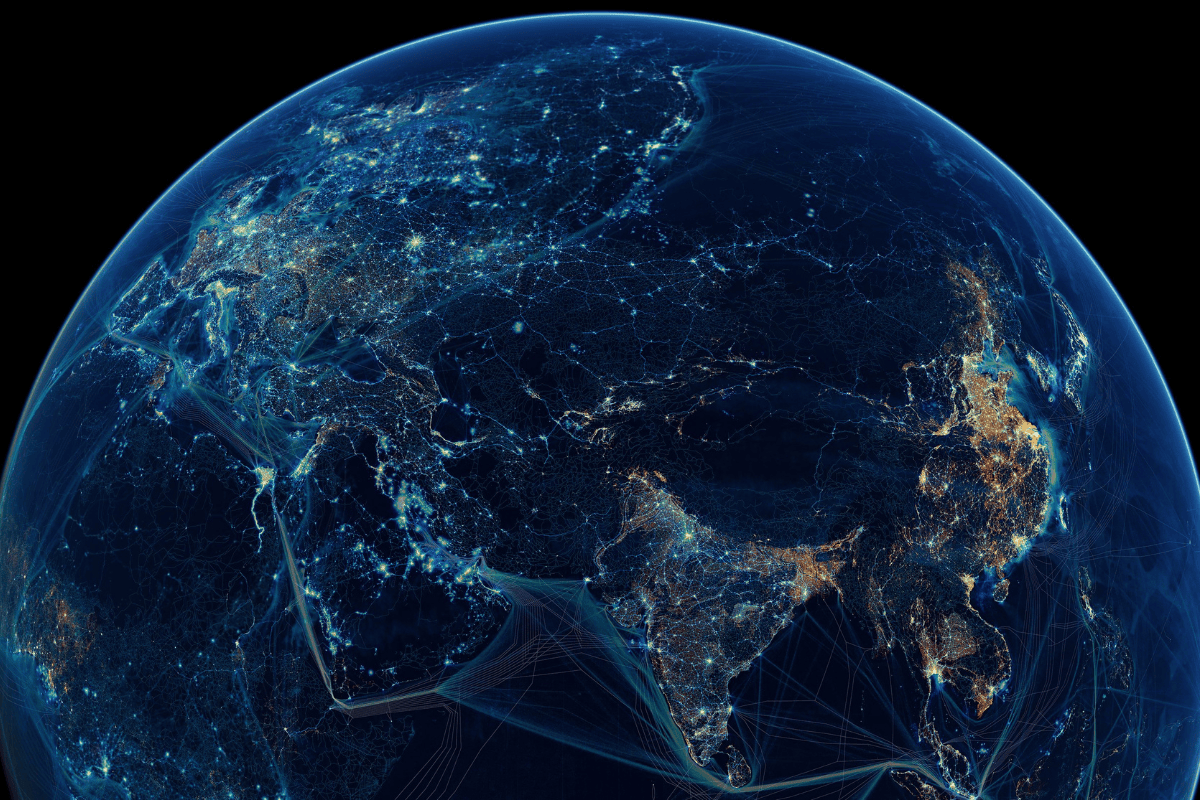
The Anthropocene Era: Unleashing Humanity’s Geologic Impact
The Anthropocene Era is the proposed epoch that acknowledges the profound influence of human activity on Earth’s geology and ecosystems. It signifies that human actions, from industrialization to climate change, have left an indelible mark on the planet’s geologic and ecological systems. This concept challenges our perception of humanity’s impact on the Earth and raises concerns about the long-term consequences of our actions. The Anthropocene Era is like a giant footprint we’ve left on Earth’s history. Imagine if you could see huge tire tracks from a massive truck in your backyard; that’s what human activity has done to the Earth’s geology and ecosystems. It’s a wake-up call about our impact on the planet and our responsibility to take care of it.
What makes the Anthropocene unsettling is the realization that we have become a geological force, shaping the planet’s future. It forces us to grapple with the ethical and environmental implications of our actions, as well as the responsibility that comes with being stewards of Earth’s ecosystems. The Anthropocene Era serves as a stark reminder of the interdependence between human activities and the fragile balance of our planet’s systems.
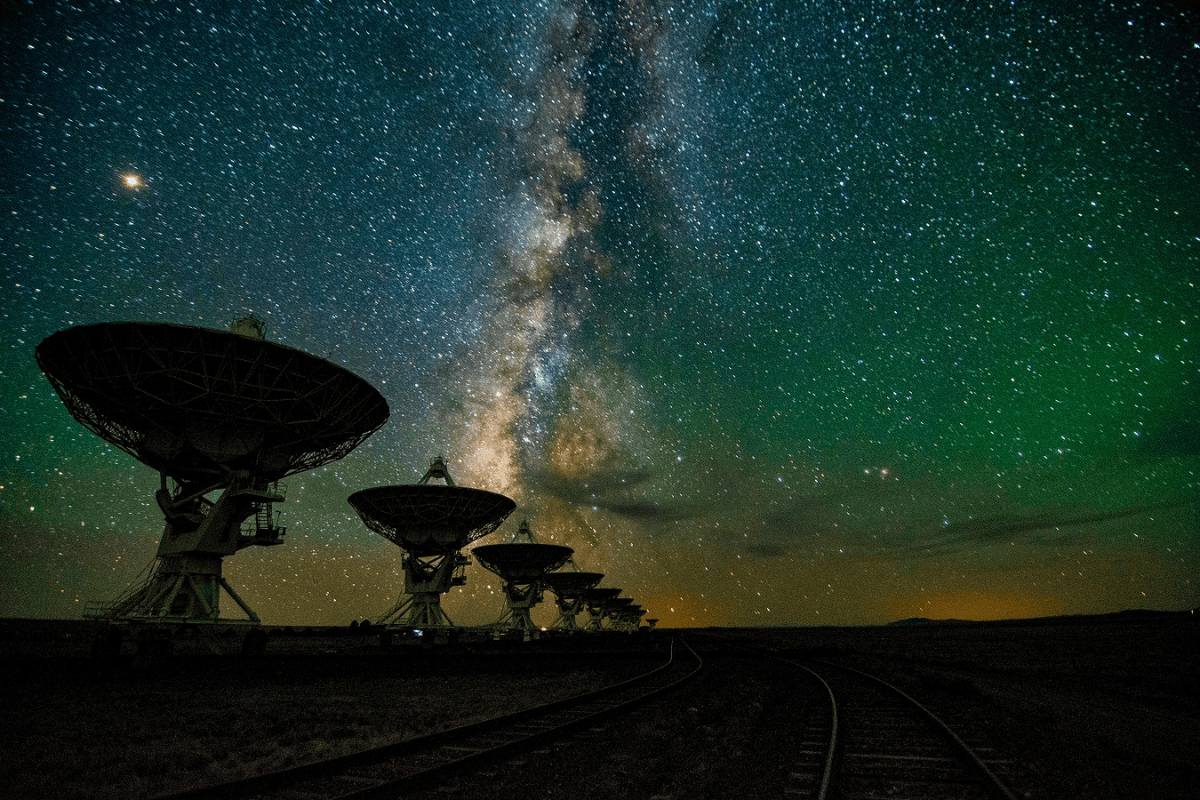
The Great Filter Hypothesis – The Enigma of Silent Stars
The Great Filter Hypothesis suggests that there are unknown, catastrophic events or barriers that prevent most civilizations from advancing to a level of technological sophistication that would make them visible in the cosmos. It challenges our optimistic assumptions about the abundance of intelligent extraterrestrial civilizations and raises unsettling questions about the fate of civilizations like our own. Think of it like a classroom of students taking a tough exam. The Great Filter Hypothesis suggests there are hidden obstacles that stop most students from passing. This idea challenges our optimism about success and makes us think that getting through might be rare or very hard, leaving many students stuck and reminding us that success isn’t guaranteed.
The unsettling nature of the Great Filter Hypothesis lies in the possibility that the development of intelligent civilizations may be exceedingly rare or prone to existential threats. It prompts us to consider the potential challenges and hurdles that may lurk along the path to technological advancement and cosmic visibility. The idea that many advanced civilizations may remain silent in the cosmos forces us to confront the uncertainties surrounding the future of humanity and the possible perils that await us. The Great Filter Hypothesis reminds us that the cosmos may be a far more treacherous and unforgiving place than we had previously imagined.
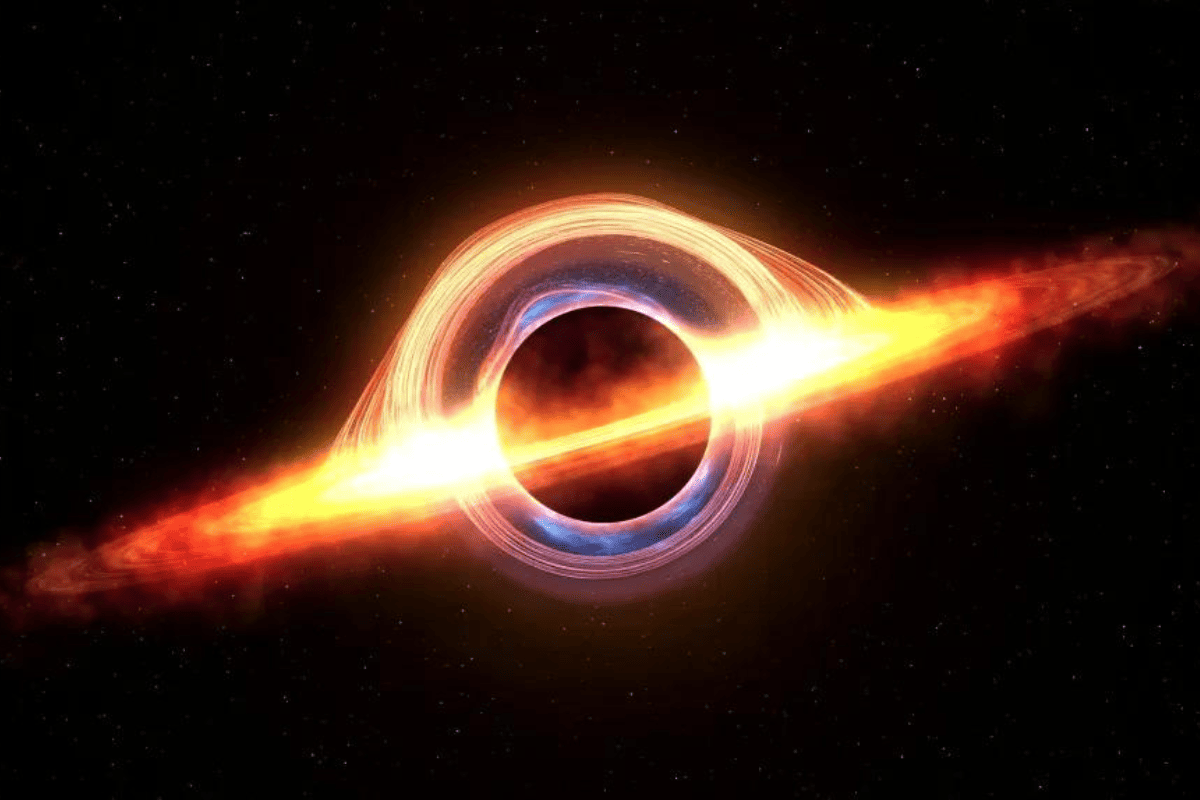
Black Holes: Gravity’s Final Frontier
Black holes are incredibly dense objects that possess such intense gravitational pull that not even light can escape their grasp. The idea of an object with infinite density at its core challenges our understanding of space, time, and gravity. Black holes serve as cosmic enigmas that defy our classical concepts of reality. At their core lies a singularity where the laws of physics break down, challenging our understanding of the universe. These enigmatic entities distort space and time, pushing the boundaries of our knowledge and leaving us with many unanswered questions about the nature of reality.
What makes black holes unsettling is the singularity at their core, where the laws of physics break down. It is a place where our understanding of the universe reaches its limits, and the known laws of nature cease to apply. The profound gravitational forces at work in black holes create regions where time and space are dramatically warped. These cosmic giants continue to astound and unsettle our comprehension of the universe, leaving us with countless unanswered questions. Black holes are the embodiment of the universe’s extremes, where gravity’s relentless grip distorts the fabric of reality itself.
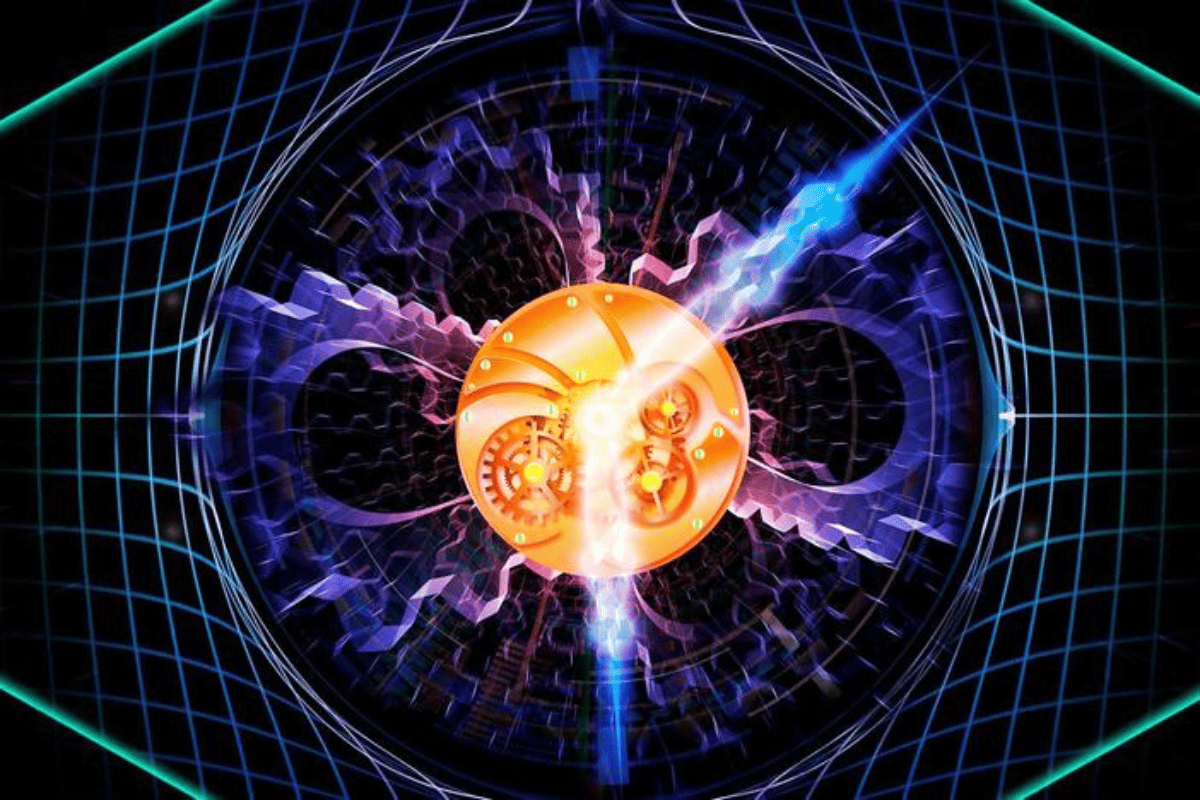
Quantum Immortality – The Immortal Observer
Some interpretations of quantum mechanics suggest the concept of quantum immortality, where a conscious observer will always experience a reality in which they survive, no matter how unlikely the odds. This notion forces us to consider the possibility that our consciousness may persist in impossible realities. Visualize two doors – one leads to danger, and the other to safety. With quantum immortality, you’ll always find yourself in a reality where you pick the safe door, no matter how unlikely. This idea challenges our usual understanding of life and death, suggesting that our consciousness might persist in realities where we continue to exist, even when facing life-threatening situations.
The unsettling aspect of quantum immortality is the ethical and existential questions it raises. If our consciousness can persist in alternate realities, what does that mean for the concept of death? It challenges our understanding of the boundaries of life and death and forces us to confront the implications of such an idea for our perception of self and existence. It suggests that our conscious experience may transcend the boundaries of our perceived mortality, introducing a profound and unsettling element of uncertainty into the nature of existence itself.
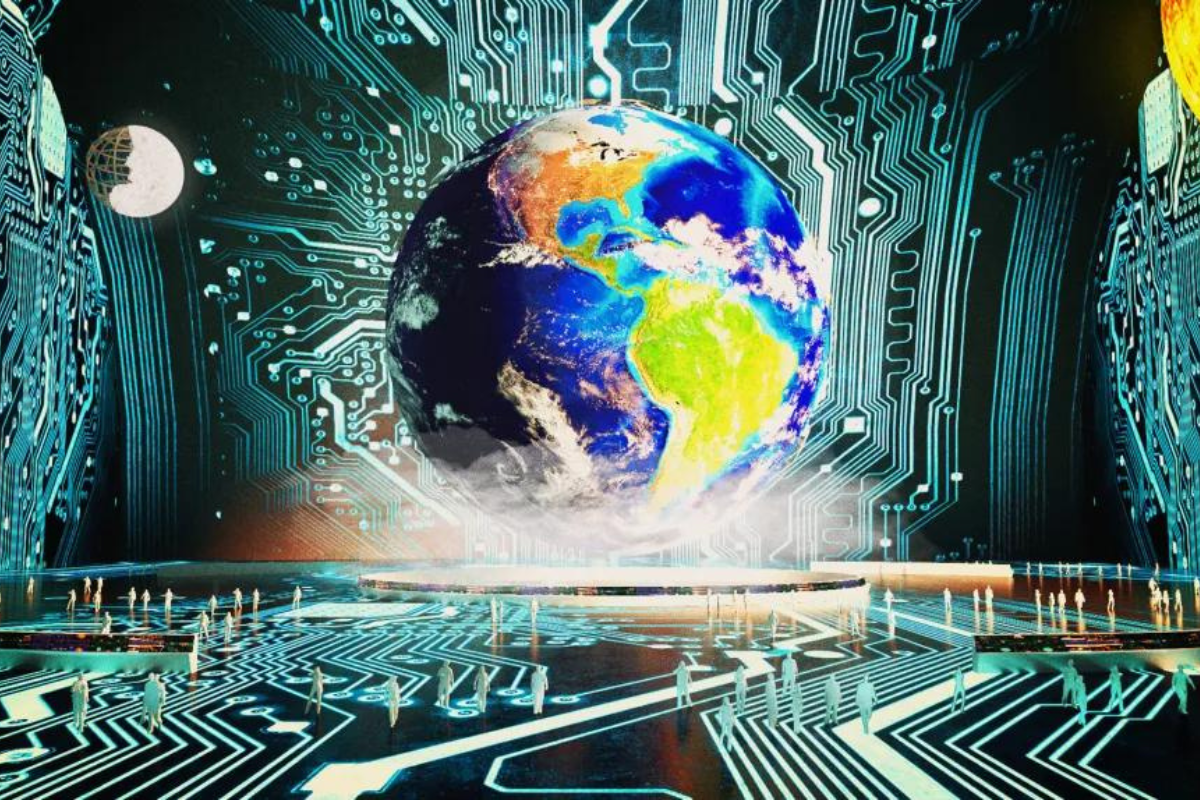
The Simulation Hypothesis – Living in a Digital Universe
The Simulation Hypothesis proposes that our reality is not what it seems, but rather a highly advanced computer simulation created by a more advanced civilization. This concept challenges our perception of the physical world and raises the unsettling possibility that everything we experience is a product of advanced technology. Imagine you’re playing a video game like “The Sims.” In the game, the characters have their own lives and experiences, just like we do in the real world. The Simulation Hypothesis suggests that our reality is similar to a video game, created by a highly advanced civilization. This means that our world, our experiences, and even the laws of physics might all be a part of this intricate simulation, challenging our understanding of what’s real.
What makes the Simulation Hypothesis unsettling is the idea that our entire existence may be a construct of an advanced intelligence. It questions the fundamental nature of reality and the authenticity of our experiences. If true, it implies that the laws of physics and the universe as we know it are subject to manipulation by an external force, blurring the line between what is real and what is simulated.

Quantum Tunneling – Defying the Barriers of Classical Physics
Quantum tunneling is a phenomenon in which particles can pass through energy barriers that classical physics dictates as impenetrable. It challenges our classical understanding of solid barriers and suggests that particles can pass through seemingly impossible obstacles, defying the laws of classical physics. In the quantum world, imagine a solid wall like a wooden door that should be impenetrable according to classical physics. However, particles can simply teleport through it, defying our usual understanding of barriers, like a ghost passing through a wall.This strange behavior shows how unpredictable the quantum realm is. Particles can suddenly appear on the other side of the wall without going through it, challenging our common sense and revealing the mysterious nature of quantum phenomena.
The unsettling aspect of quantum tunneling is that it demonstrates unpredictability and bizarre behavior of particles at the quantum level. It suggests that particles can appear on the other side of a barrier without traveling the space in between. This phenomenon challenges our understanding of the physical world, reminding us of the profound mysteries of particles at the quantum scale.
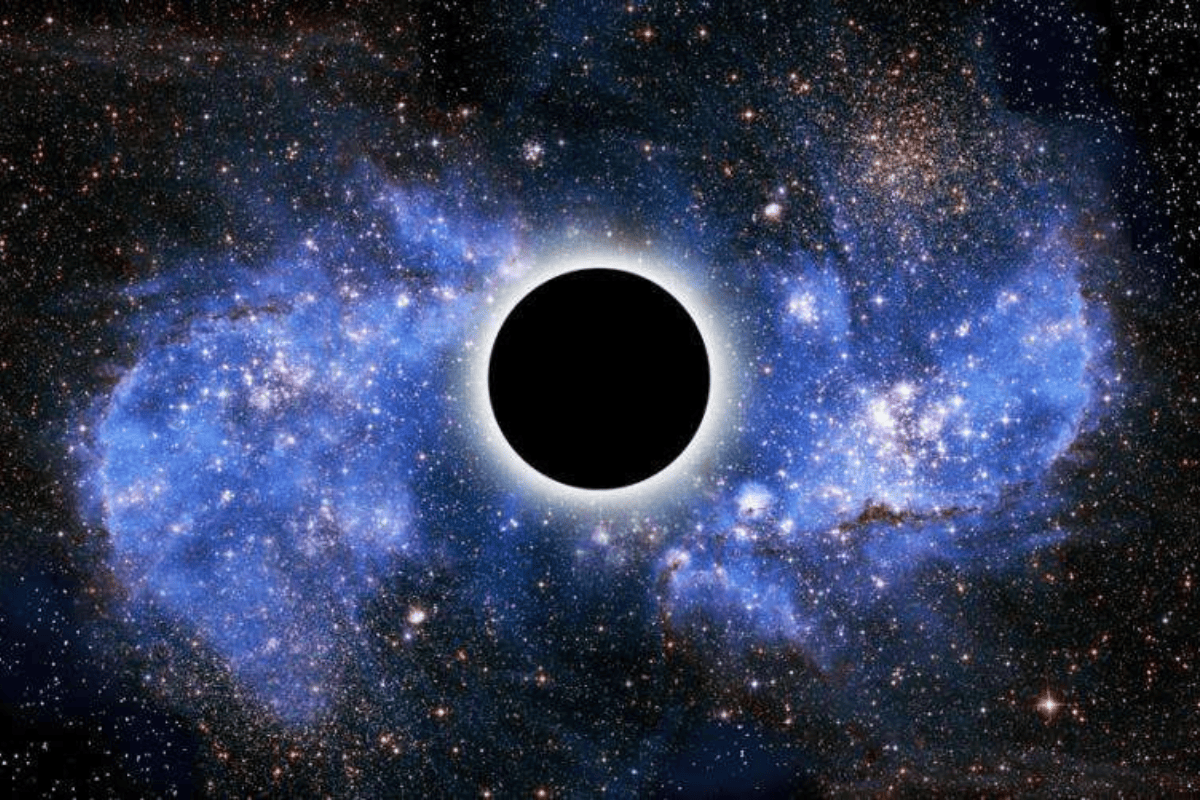 [Image via Phys]
[Image via Phys]
The Information Paradox: Black Holes and the Loss of Information
The Information Paradox revolves around the question of what happens to information that falls into a black hole. According to our current understanding of physics, information that enters a black hole is lost forever, contradicting the principle that information is always conserved. This paradox challenges our understanding of the fundamental principles of the universe. Imagine you have a book, and you toss it into a black hole. According to our current physics, all the information in that book, the words, the stories, everything, is gone forever, which seems to break the rule that information can’t be destroyed. This baffling situation challenges our understanding of the universe’s most basic rules.
The unsettling nature of the Information Paradox lies in its defiance of one of the foundational principles of physics: the conservation of information. If information is truly lost within a black hole, it raises questions about the consistency of physical laws and the ultimate fate of the information contained in the universe. Resolving this paradox has profound implications for our understanding of the behavior of black holes and the nature of information in the cosmos.
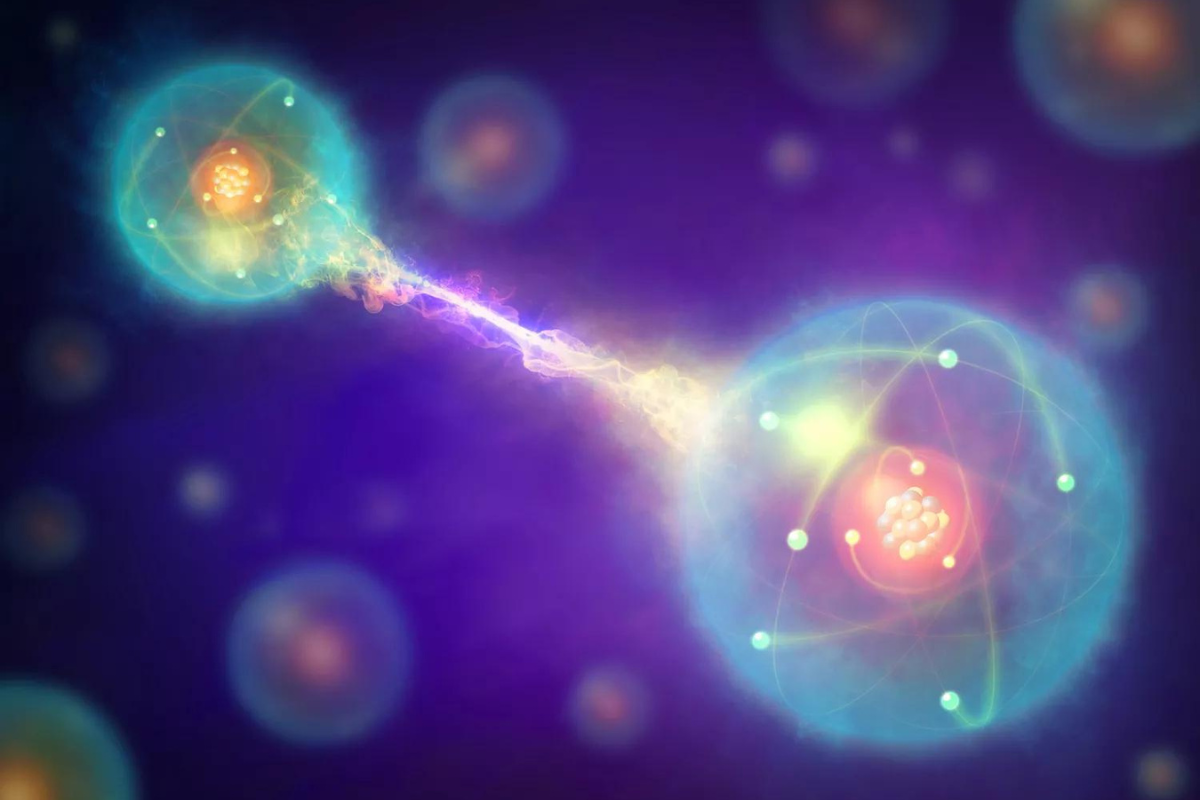
The EPR Paradox – Entanglement and the Challenge to Local Realism
The EPR Paradox challenges the concept of local realism. It demonstrates that two entangled particles can instantly influence each other, regardless of the distance that separates them. This paradox challenges our classical understanding of causality and the independence of distant events. Think of it like having two magic dice. When you roll one and it shows a six, the other die, no matter how far away, instantly shows a six too. This strange link between them challenges the idea that information can’t move faster than light and is at the heart of the EPR Paradox. It shows that quantum mechanics can be quite puzzling and different from what we’re used to.
The unsettling nature of the EPR Paradox is that it implies that information can be transmitted faster than the speed of light, in apparent violation of Einstein’s theory of relativity. This phenomenon forces us to reconsider our assumptions about the separateness of objects in space and time. The paradox introduces the concept of non-locality, where the behavior of one particle can affect another instantaneously, regardless of the spatial separation. It underscores the strange and counterintuitive aspects of quantum mechanics that continue to challenge our understanding of the fundamental principles that govern the universe.
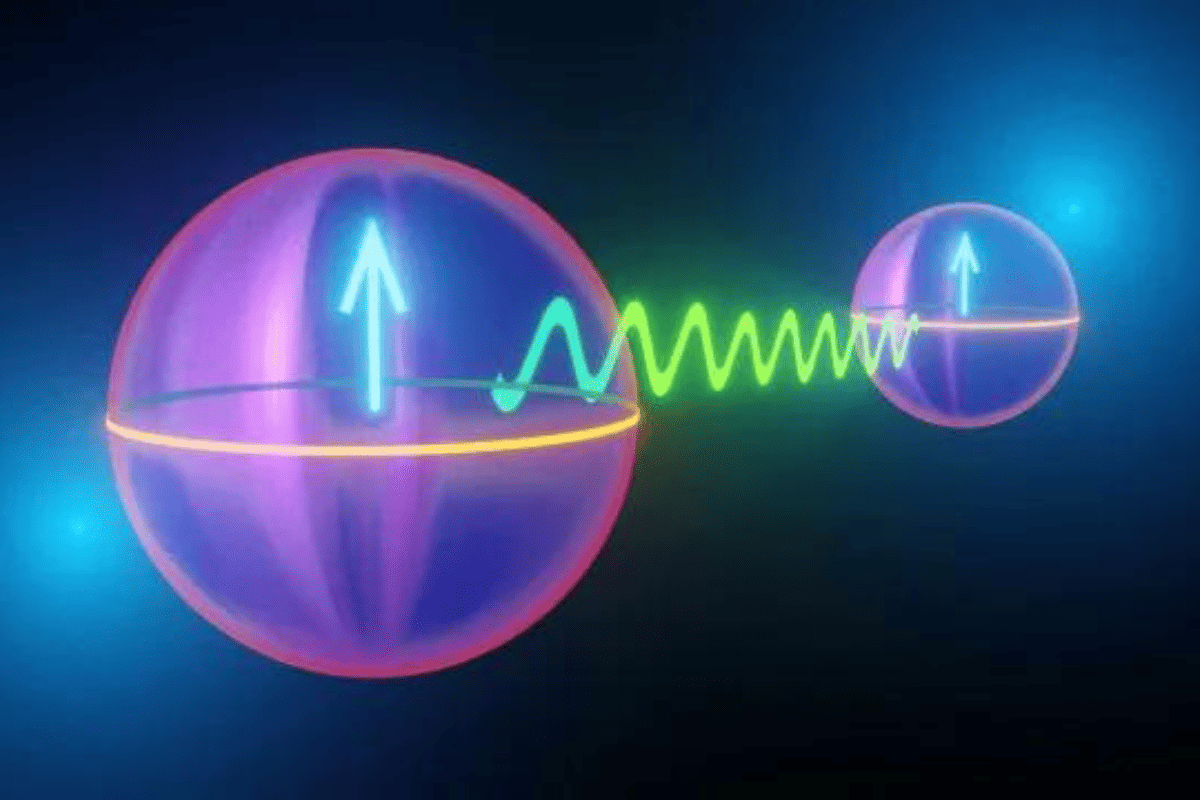
Quantum Superposition – The Paradox of Being and Not Being
Quantum superposition, a cornerstone of quantum mechanics, challenges our fundamental understanding of reality. It asserts that quantum particles can exist in multiple states simultaneously until observed. This means that objects can exist in a state of both and neither, a concept that defies classical logic and our everyday experiences. For instance, Schrödinger’s cat can be both alive and dead at the same time in a quantum superposition until observed. In a simple example, think of a coin, it can be both heads and tails simultaneously until someone looks at it. Quantum superposition defies our everyday experience of something being definitively one way or another, highlighting the mysterious and paradoxical nature of the quantum realm.
The unsettling aspect of quantum superposition lies in its defiance of our understanding about the certainty of reality. It forces us to acknowledge the enigmatic nature of the quantum world, where particles can exist in a paradoxical state of both and neither. This concept challenges our understanding of the boundary between the quantum and classical worlds, pushing the limits of human comprehension and inviting further exploration into the profound mysteries of the universe.
Where Do We Find This Stuff? Here Are Our Sources:
Multiverse Theory: https://www.nationalgeographic.com/science/article/what-is-the-multiverse
Quantum Entanglement: https://www.space.com/31933-quantum-entanglement-action-at-a-distance.html
Dark Matter and Dark Energy: https://science.nasa.gov/astrophysics/focus-areas/what-is-dark-energy/
Time Dilation: https://www.livescience.com/what-is-time-dilation
The Fermi Paradox: https://www.space.com/25325-fermi-paradox.html
The Uncertainty Principle: https://scienceexchange.caltech.edu/topics/quantum-science-explained/uncertainty-principle
The Anthropocene Era: https://www.nhm.ac.uk/discover/what-is-the-anthropocene.html
The Great Filter Hypothesis: https://earthsky.org/space/avoiding-the-great-filter-earth-alien-civilizations/
Black Holes: https://www.space.com/15421-black-holes-facts-formation-discovery-sdcmp.html
Quantum Immortality: https://www.thecollector.com/quantum-immortality-can-people-become-immortal/
The Simulation Hypothesis: https://builtin.com/hardware/simulation-theory
Quantum Tunneling: https://www.chemistryworld.com/news/explainer-what-is-quantum-tunnelling/4012210.article
Information Paradox: https://physicsworld.com/a/information-paradox-simplified/
EPR Paradox: https://www.thoughtco.com/epr-paradox-in-physics-2699186
Quantum Superposition: https://scienceexchange.caltech.edu/topics/quantum-science-explained/quantum-superposition
